Only logged in customers who have purchased this product may leave a review.
Products
- Home
- /
- Shop
- /
- By Subject
- /
- Science
- /
- Branch of Science
- /
- Life Sciences
- /
- Zoology
- /
- Arachnology: Spiders & Scorpions
- /
- Spiders vs Insects – Science Investigator Mini-Unit
Spiders vs Insects – Science Investigator Mini-Unit
$3.00
Spiders vs Insects – Science Investigator Mini-Unit has been designed to teach 2nd & 3rd grade students about the differences between these creepy crawlies!
This resource includes 2 levels of informational text (for differentiation) – reading comprehension questions for both, a couple drawing and labeling activities, a Venn diagram (compare and contrast), a crossword puzzle, a cooperative group (or partnership) activity and a short opinion essay question. Answer Keys are provided.
Related products
-
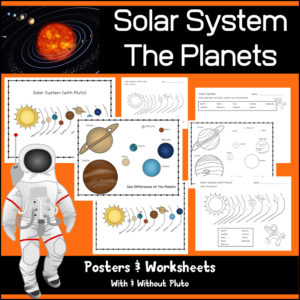 $3.00Buy Now
$3.00Buy NowThis Solar System product will help students learn and reinforce their knowledge of the order of the planets and to be able to visual size differences of the planets! Each color poster has a duplicate b/w poster that can be used as a student handout. There are also worksheets for students to complete (with and without word banks). This resource provides 2 sets of all resources – One which includes the dwarf planet of Pluto and one that does not.
-
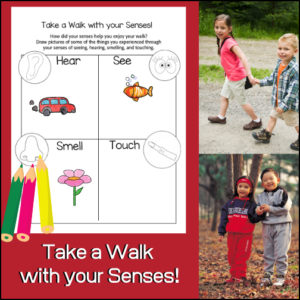 $1.00Buy Now
$1.00Buy NowThis worksheet has been designed for students to complete after taking a walk! While they walk, remind them of their senses (specifically hearing, seeing, smelling and touching). Once the walk is over, students will complete this worksheet by drawing pictures of what they experienced through those four senses.
-
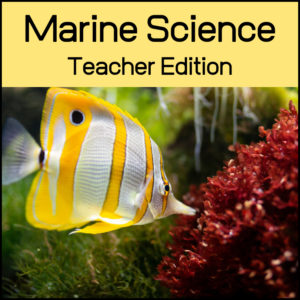 $15.00Buy Now
$15.00Buy NowMarine Science Teacher Edition to use alongside the Marine Science Student Edition
Units include: The Hydrosphere, Measuring the Ocean, The Nature of Seawater, Waves, Tides, Ocean Currents, The Ocean Floor, Ocean Sediments, Food Chains & Webs, Ocean Zones, Near-shore Ecosystems, Plankton, Marine Plants, Classifying Marine Animals, Cold-blooded Swimmers, Marine Mammals, Marine Pollution, Marine Resources
-
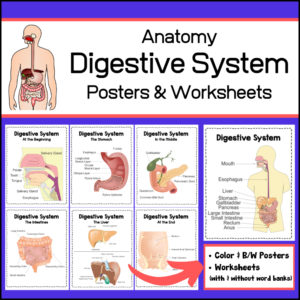 $4.00Buy Now
$4.00Buy NowThis ANATOMY / BIOLOGY / HEALTH resource includes 7 sets of posters and worksheets for your classroom, all involving human digestion. Each poster comes in color (great for bulletin boards) and b/w (great for student handouts) and each worksheet comes with and without a word bank.
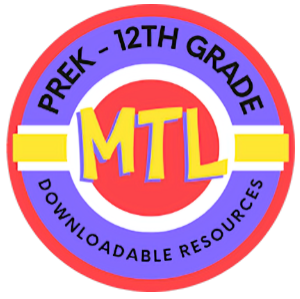

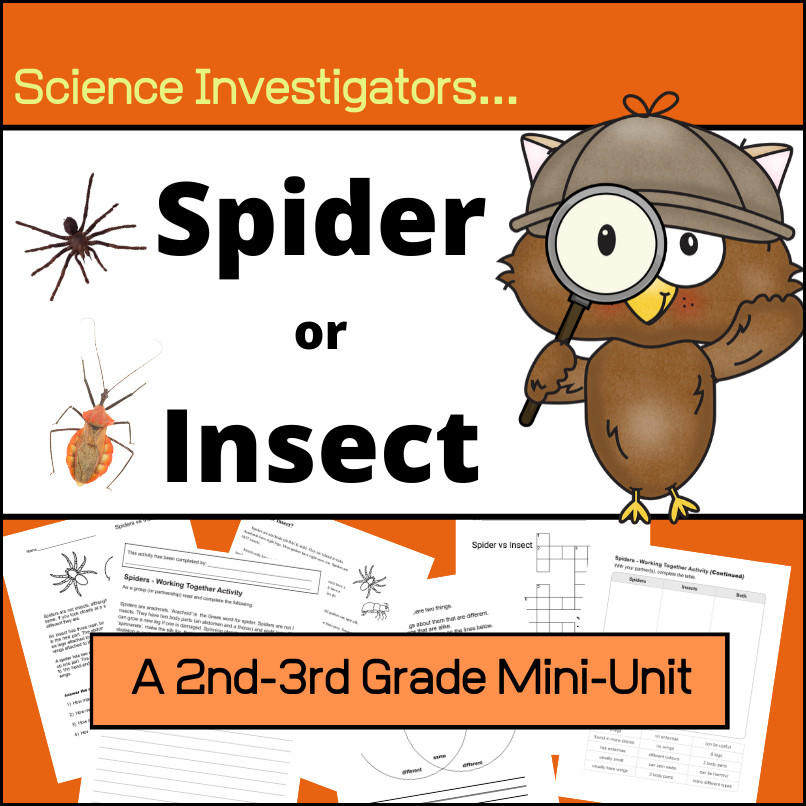
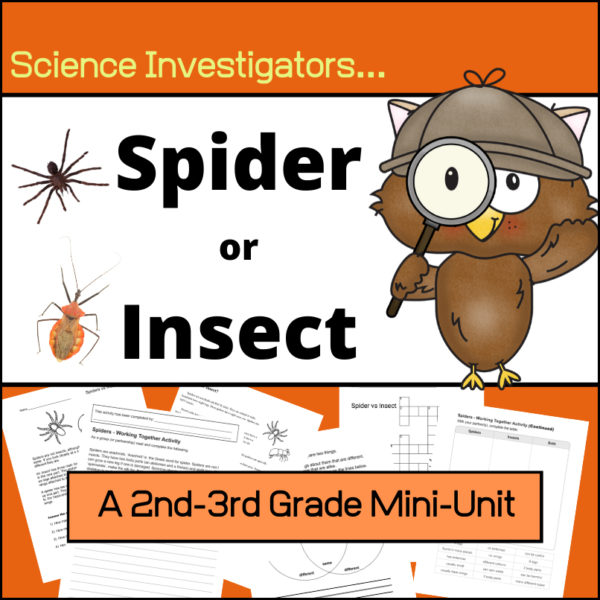
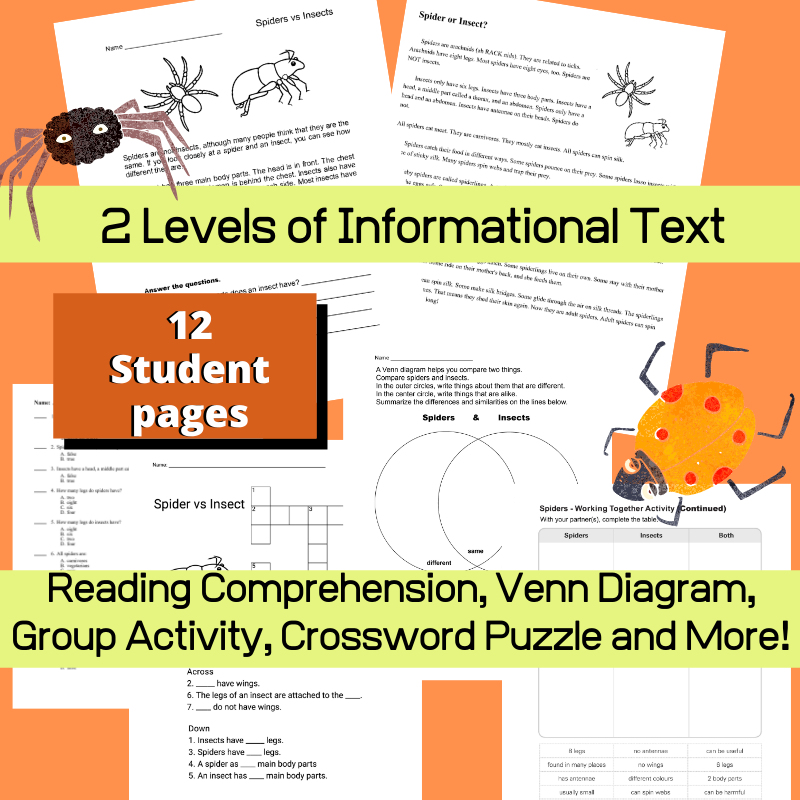

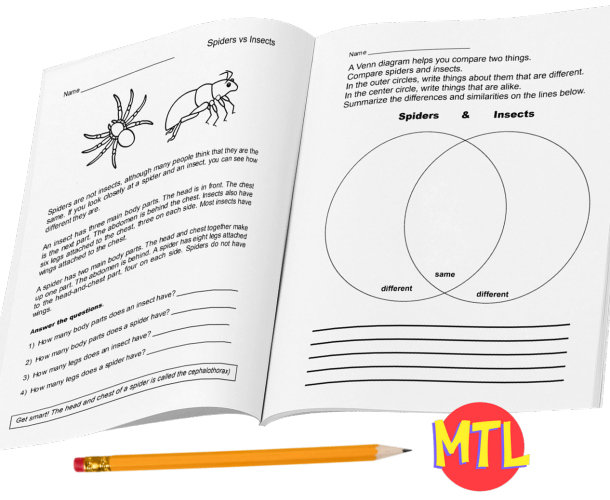
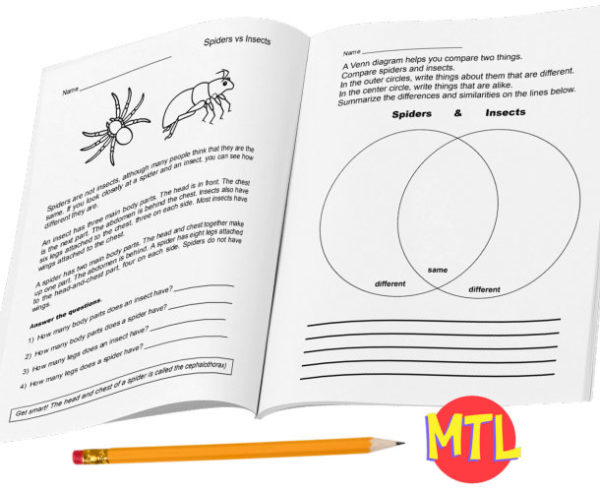


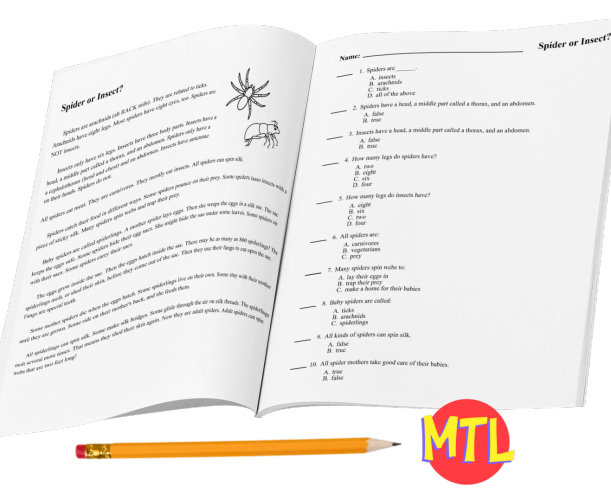
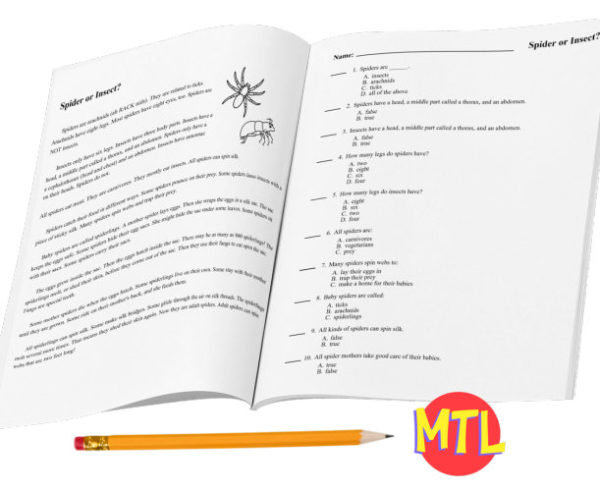
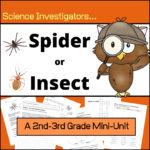
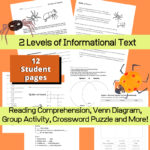
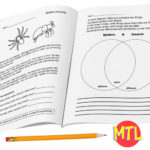
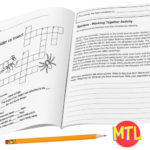

Reviews
There are no reviews yet.